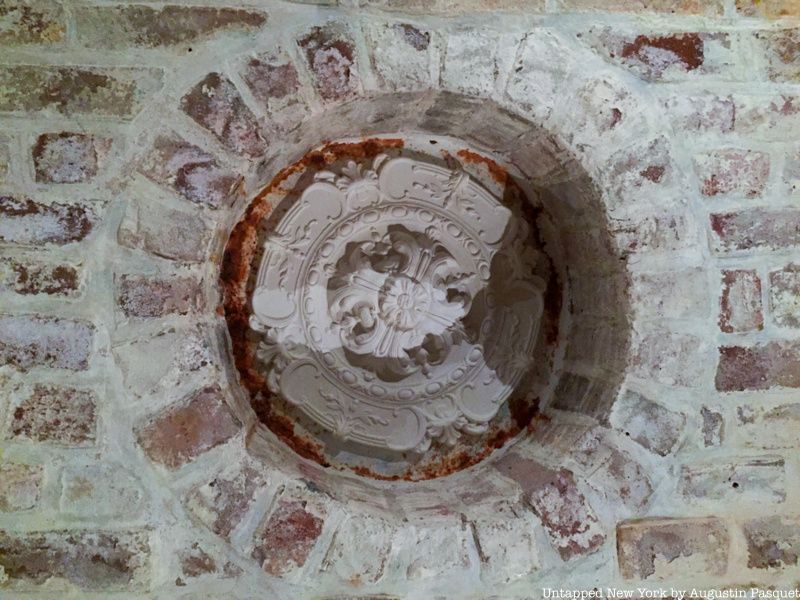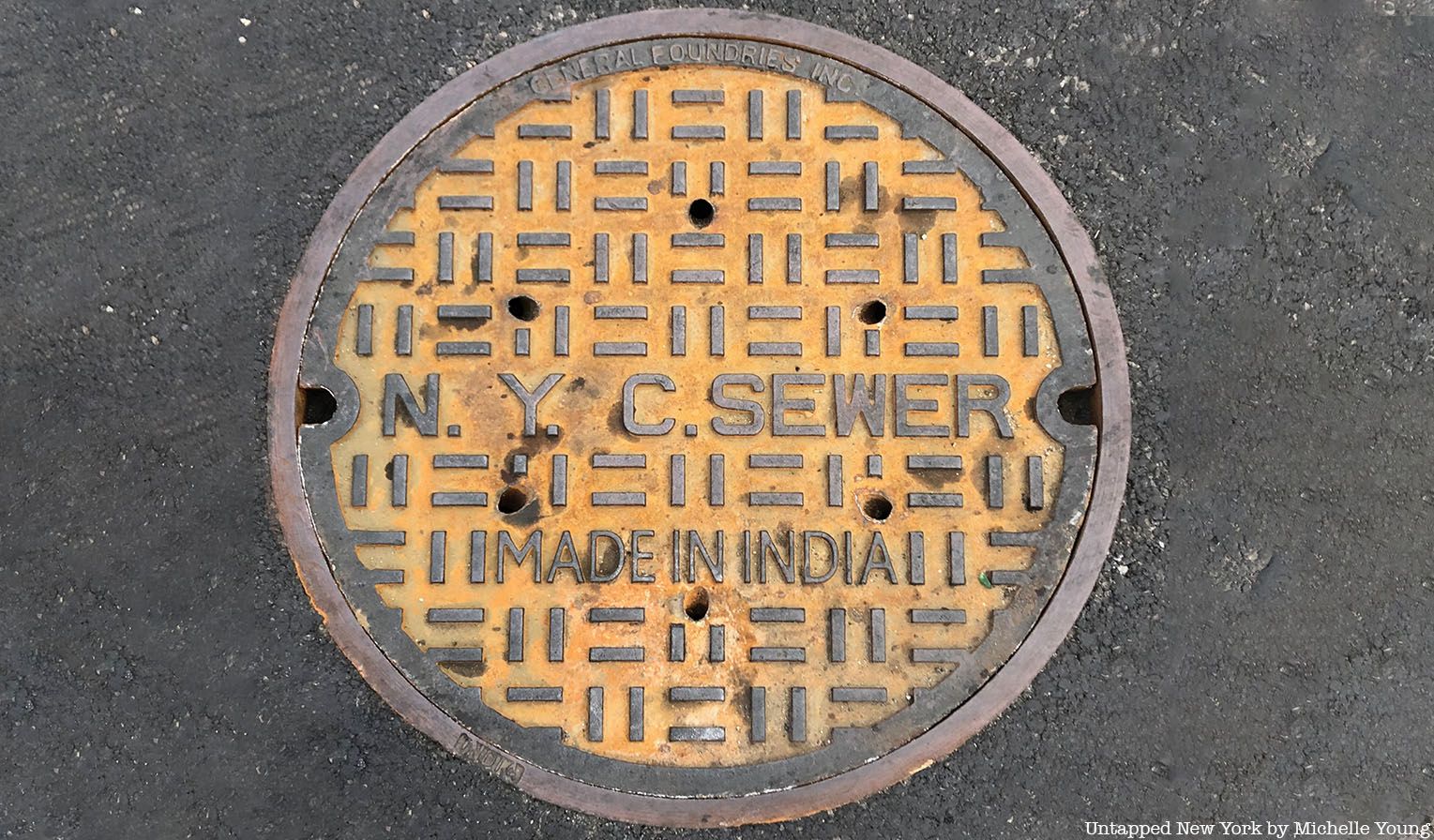100th Anniversary Great Nave Tour at the Cathedral of St. John the Divine
Celebrate the 1925 construction of the stunning nave inside the world's largest Gothic cathedral!


As the story goes, there’s a famous job interview question first used by Microsoft: “Why are manhole covers round?” Our latest episode of The Untapped New York Podcast covers many of the famous and lesser-known fun facts about manhole covers, and the answer to that question is one of them. As part of the background for the episode, we spoke with people at the NYC Department of Environmental Protection and at Con Edison. Collectively, they are in charge of the majority of manhole covers in New York City (upwards of around 600,000 in total between the two, with ConEd in charge of 350,000).
As some background, the predecessor of the manhole cover is the coal hole cover. These covers were not necessarily round, but could be square, rectangular, or hexagonal as well. They were used to access coal chutes where coal would be delivered and stored when buildings used to be powered by coal. These coal hole covers were also much smaller than the modern-day manhole, not intended for people to fit inside them.

One round coal hole, seen from the inside, is located at the hidden bar, Le Boudoir, a speakeasy below the Brooklyn restaurant Chez Moi. You can find it in a grotto-like room, which the owners discovered while excavating the basement to build the bar. It is believed to be the coal room of the nearby Atlantic Avenue Tunnel, said to be the world’s oldest underground transit tunnel. The story of the tunnel and how tours were once held inside, with guests hopping into a manhole in the middle of an intersection, forms part of this podcast episode as well.
The modern-day manhole is the direct product of the need to access the underground systems that support our existence, including water, sewer, electricity, telecommunications and more. In our podcast episode on manhole covers, we talk about the oldest manhole covers in New York City and the system they’re part of, why steam comes up from some of the city’s manhole covers, and why some of the city’s manhole covers say Made in India on them.

And finally, what’s the reason why manhole covers are round? It’s for safety. Our contact at the NYC Department of Environmental Protection says, “The principal reason that manhole covers are round is so they won’t fall into the manhole.” Each manhole cover sits on a “lip” which holds the cover in place. If a manhole was square, rectangular or even oval, it could fall into the manhole if you insert it at an angle or vertically. Yikes!
Another secondary reason manhole covers are round might be for the ease of putting the manhole cover in. If a manhole cover is square, rectangular, hexagonal or oval, there would be only one or a few orientations in which the manhole cover could be put into place. With a circular manhole, it can be inserted in any orientation. Since a manhole covers is quite heavy — 200 to 300 pounds — that’s pretty helpful. Manhole covers are so heavy you usually need a particular tool that gets inserted into the patterning of the manhole cover that enables workers to lift the cover.
The other famous interview question connected to manhole covers is said to be from Goldman Sachs: “How many manhole covers are there in New York City?” This is a classic consulting-style interview question, in which the actual number is less important than the logic you show that was used to derive the answer. You could estimate the number of streets in the city, multiply times an average number of manhole covers per street.
But as you’ll learn in our podcast episode, some streets are chock-full of manhole covers, like the area in Greenwich Village around Minetta Lane and Minetta Street which we go to for investigatory purposes. Some areas have a higher concentration of covers for historical reasons and/or for practical reasons. For example, the steam system run by Con Edison only services New York City’s densest areas, Manhattan up to 96th Street and parts of Brooklyn and Queens. The system was never extended to Upper Manhattan or to the Bronx or Staten Island, so you won’t find steam manhole covers for ConEdison as a result.
Check out the rest of the episodes of The Untapped New York Podcast on Apple Podcasts, Spotify, or wherever else you get your podcasts!
Subscribe to our newsletter